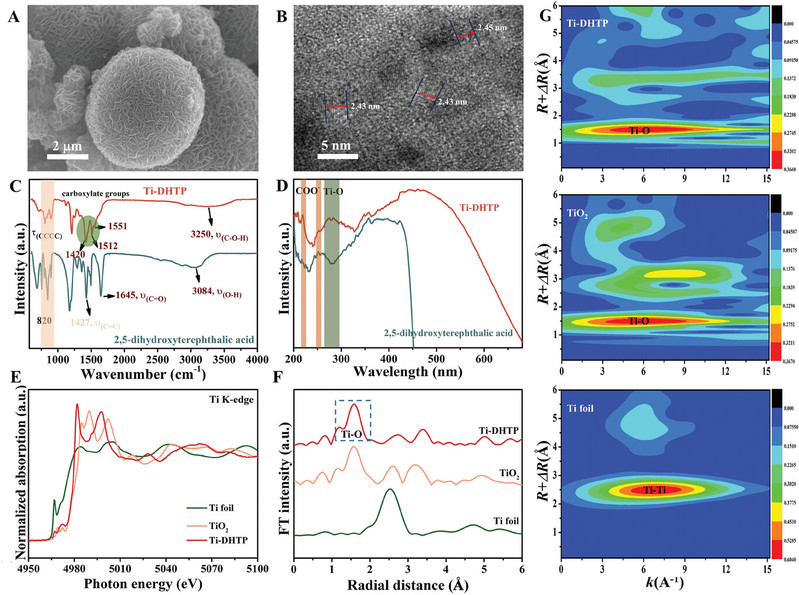High C-Selectivity for Urea Synthesis Through O-Philic Adsorption to Form *OCO Intermediate on Ti-MOF Based Electrocatalysts
Xiaofang Liu1, Jie Feng2, Xuefeng Cheng1, Jinchang Zhang1, Jinyan Huo1, Dongyun Chen1, Antonio Marcomini3, Youyong Li2, Qingfeng Xu1*(徐庆锋), Jianmei Lu1*(路建美)
1College of Chemistry Chemical Engineering, and Materials Science, Collaborative Innovation Center of Suzhou Nano Science and Technology, Soochow UniversitySuzhou, Jiangsu, 215123, China
2Institute of Functional Nano & Soft Materials(FUNSOM), Jiangsu Key Laboratory for Carbon-Based Functional Materials & Devices, Soochow University Suzhou, Jiangsu, 215123, China
3Department of Environmental Sciences Informatics, and Statistics University Ca’Foscari Venice VeniceI-30170, Italy
Adv. Funct. Mater. 2024, 34, 2400892
Abstract: The advent of utilizing nitrate (NO3−) for electrochemical co-reduction with carbon dioxide (CO2) to effectively synthesize high-value-added organic nitrogen compounds has captured the attention of the environmental and energy fields. C-N coupling is a key step during the electrochemical co-reduction process. An effective strategy to improve the efficiency of synthesis is to explore the optimal reaction pathway and coupling active species. Herein, a p-type semiconductor nanosphere (Ti-DHTP) is presented for electrochemical co-reduction to synthesize urea by combining CO2 and NO3−. At a low voltage of −0.6 V versus RHE, the electrochemical synthesis of urea exhibits 95.5% C-selectivity and 21.75% Faraday efficiency. Comparative experiments, in situ experiments, and theoretical simulations confirm that a new coupling pathway for the synthesis of urea from *NH2 and *OCO intermediates become a key step in Ti-DHTP-driven C-N coupling. Moreover, the more efficient *OCO intermediate inhibits the generation of large amounts of C-bearing by-products. Meanwhile, Ti-DHTP has difficulty hydrogenating to form *COOH during the reduction of CO2 leading to the subsequent inability to produce *CO intermediates. This work reveals a new C-N coupling mechanism, which provides a feasible strategy for future research on the electrochemical synthesis of organic nitrogen-bearing compounds.

链接://onlinelibrary.wiley.com/doi/10.1002/adfm.202400892